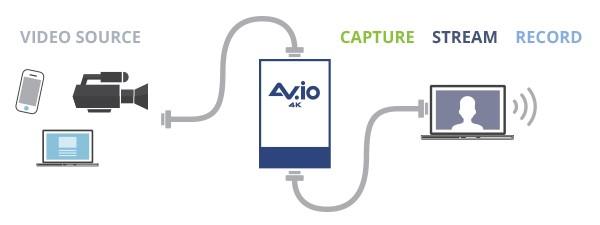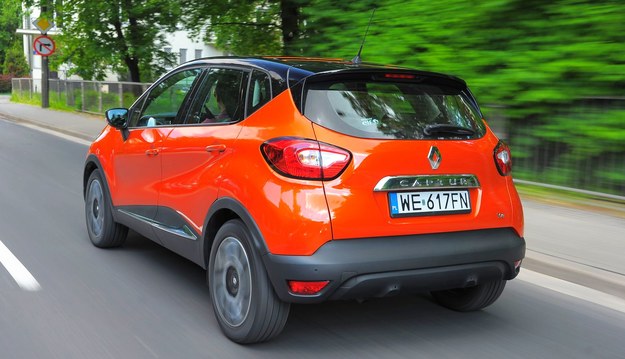
Phew 😛 So, while it may seem like feeding 1080p/4K content into Vision would result in a higher quality, more times than not it won't.
#VIDEO CAPTUR HARDWARE 1080P#
This is where feeding 1080p content does not increase quality but decreases performance (even if only slightly). What this means is that your television in Vision is likely using less than ~320x200 pixels in the render viewport. If I had to guess at an average case scnario, I would say televisions usually make up ~10% of the pixels that are rendered. Odds are, that, the television is not taking up half (or even a quarter) of your Vision Render Viewport on your monitor. This means you have 1920x1080 physical pixels on your monitor. It will simply spit out a 1080p image and the human eye will be able to tell no difference.īringing this into the Vision world, let's say you have a 1080p monitor. Think of it this way, feeding 4K content into a 1080p television does no good. Or from another point of view, what would be the benefit of feeding HD content into Vision versus lower definition content? That being said, and this may sound weird but I'm promise I'm not trying to be rude!, perhaps we should figure out if 1080p content is actually needed. So, it would seem there is no limit on this content in Vision or the capture library we are using.
#VIDEO CAPTUR HARDWARE 720P#
The webcam on my MBP streams 720p content into Vision without issue (720p=1280x720, which is a higher resolution than 640x480). As far as I know, we don't limit the resolution of live video content. Once we have those cards in house, we should be able to determine that most (if not all) UVC compatible / YUVY422 capture devices will work with Potocnik I'm glad you were able to successfully get live input into Vision!Ībout the 640x480 thing you will need to make sure the device outputting content is configured for 1080p as well as the device inputting content. We will be purchasing more cards over the weekend that we believe meet the Operating System criteria to test them out. We weren't sure what pixel format it was sending out, but we decided to give it a shot anyway. We happened to have a AV Bridge MATRIX PRO lying around ( ) that we were able to determine supported UVC.

Once we were able to determine what the Operating System's requirements were for video capture cards, we were able to make educated guesses as to which devices may work. Currently, Vision only supports YUYV422 and YUV420P. Lastly, video can be output in several formats RGB24, RGBA32, ARGB32, ABGRA32, UYVY422, YUYV422, YUV420P, H264, MJPEG, and many more.
#VIDEO CAPTUR HARDWARE DRIVERS#
UVC drivers ship with Windows and OSX so again, no installation required UVC ships with your OS.

The way these devices work is through a universal driver for video capture called UVC. What we have found, and tested to a limited extent, is the requirements you should look for in a capture card.įirst and foremost, all capture cards must be supported natively by Window/OSX meaning no drivers are required (they can be recommended, just not required).


As it turns out, this was more a matter of how the operating system handled the capture device rather than how Vision handled it. We have been doing a lot of investigation into the capture code to figure out why some devices were working and some weren't. Some capture cards explicitly state that they only work with certain software suites. A large part of this is due to the number of manufactures that are out there and the number of proprietary drivers required. There has been a slew of problems surrounding video capture cards and Vision.


 0 kommentar(er)
0 kommentar(er)
